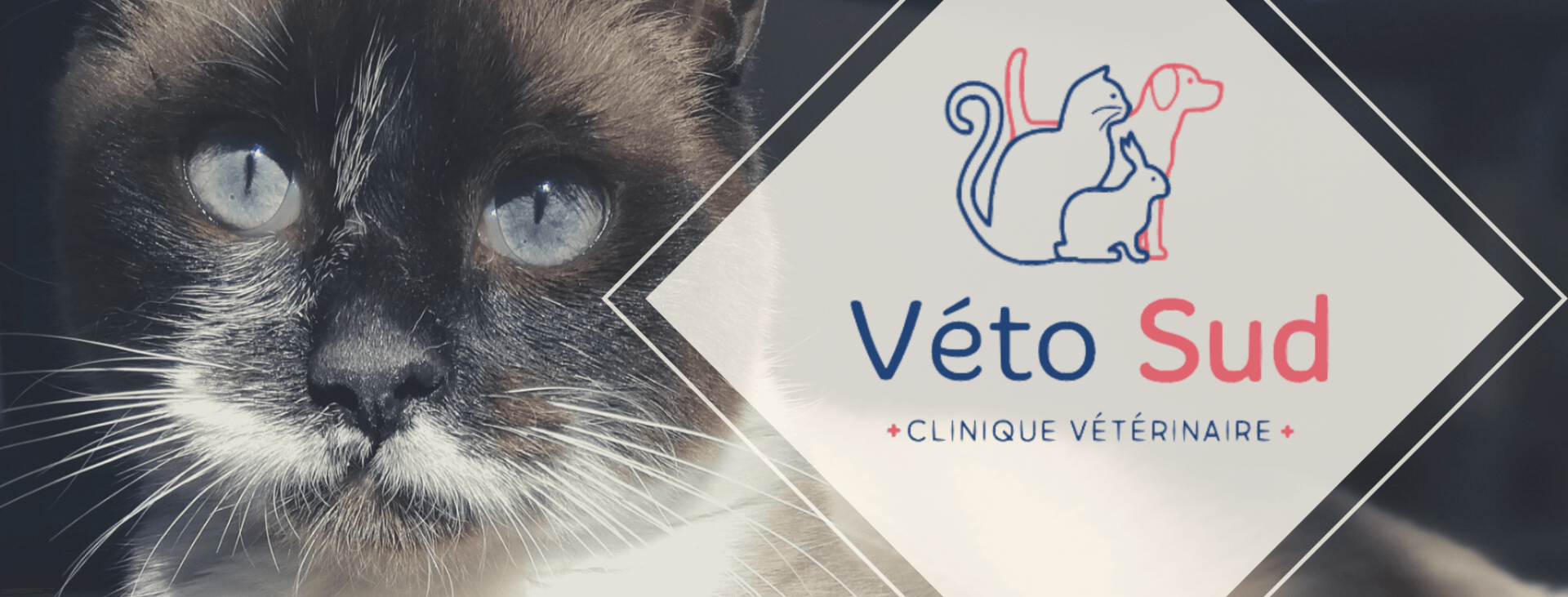The Chinchilla
Longevity: 8-15 years
Weight: 400-500g in male, 450-800g in female
Habitat:
- Cage structure: screened for natural ventilation, and at height because the chinchillas tend to climb and jump. Size of the cage: at least 80 x 50 x 100 cm, the ideal size being 200 x 200 x 100 cm.
- Tambient temperature: <26°C because the chinchilla can get heat stroke. Attention sudden changes in temperature, it does not support them!
- Substrate: the ideal is a vegetable hemp litter, low in dust and well absorbent. She will be changed as needed to avoid any moisture and completely renewed at least once times per week.
- Enrichment of the cage: Since the chinchilla is a climbing animal, it is recommended to have the platforms, perches and hiding places. You have to put a tray in the cage of sand (white clay, very fine sand or sepiolite) so that the chinchilla can do its toilet: this allows him to maintain his coat and fight against external parasites. the tray will be left permanently in the cage or made available one hour before the meal and for 45 minutes. The sand should be sifted regularly and completely changed every the 3 weeks.
Behaviour:
The chinchilla is a nocturnal animal, it sleeps all day and begins to come out at dusk. It is a social animal, so it is best to have several chinchillas. Be careful, two males together could fight. It is preferable to put together a male and one or more females.
Handling:
Don't grab your chinchilla by the scruff of the neck or the tip of the tail, as it can shed in patches. It is best to hold it with one hand at shoulder level and the second under the croup.
Reproduction:
In chinchillas, the sexual breeding season takes place from November to May. Chinchillas reach sexual maturity at 9 months for males and 4-5 months for females. Chinchillas are not very prolific: the gestation period is long (111 days on average) and they produce only 2 to 3 young per litter. The young are precocial: they are born with hair and their eyes open and are autonomous very quickly. It is therefore advisable to secure the cage because they can hurt themselves by climbing the bars. Pups can start eating solid food at around 2 weeks of age and weaning occurs at 6 weeks of age!
Feed:
Chinchillas are strict herbivores. Their teeth are in continuous growth, so they must be provided with a diet rich in fiber to avoid the appearance of dental pathologies:
- Hay is the basis of the diet, it must be distributed at will. The hay will be chosen very green, not dusty and preferably coarse
- Fiber-rich pellets (>20% cellulose) can be distributed but in limited quantities,
at a rate of 1 tablespoon per day maximum. Ban seed mixtures because the chinchilla will tend to sort - Plants rich in fiber (grass and dried leaves) can be distributed in small quantities, as treats. You can buy it in sachets in stores.
- Do not give fresh vegetables, this could cause diarrhoea. Likewise, sweets
are to be banned because the chinchilla does not tolerate sweet foods - Table scraps and bread are to be banned
- Water must be accessible at all times, and changed daily. The container should be cleaned once a week.


